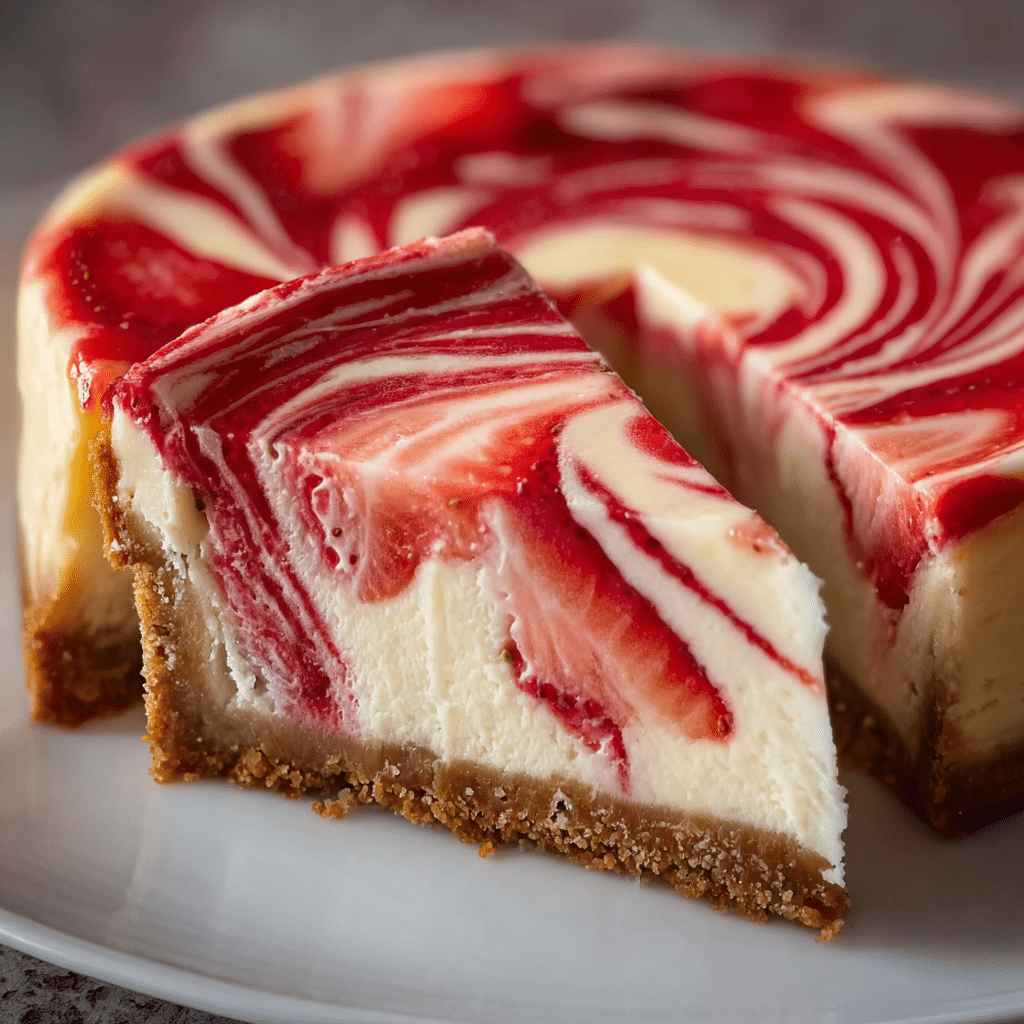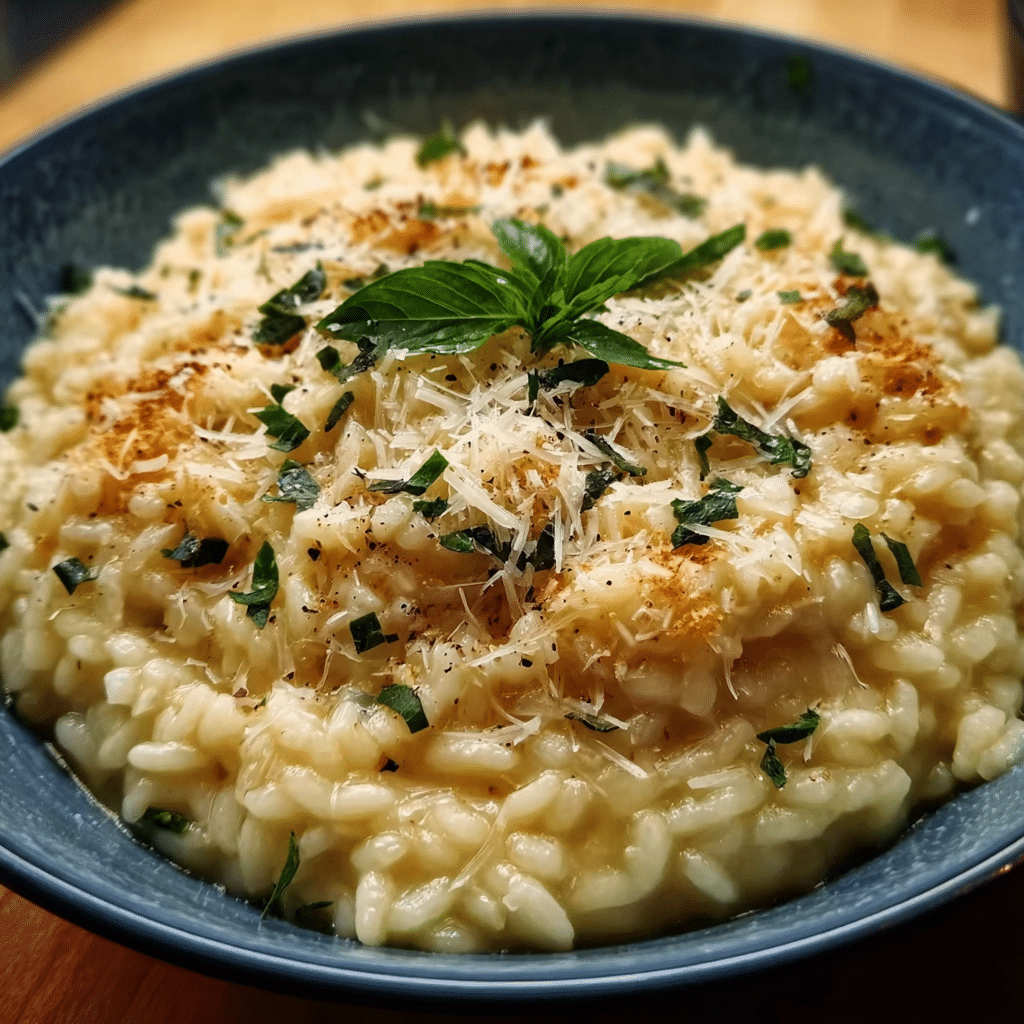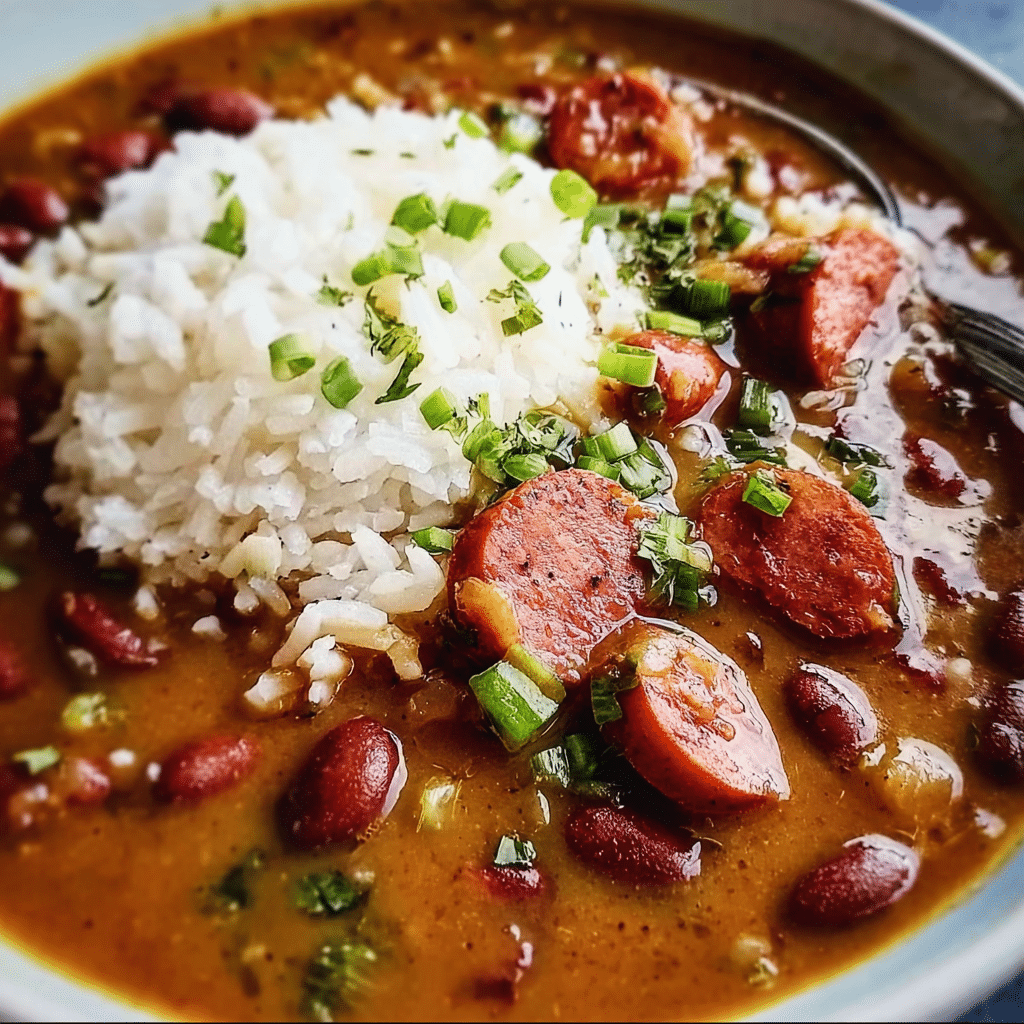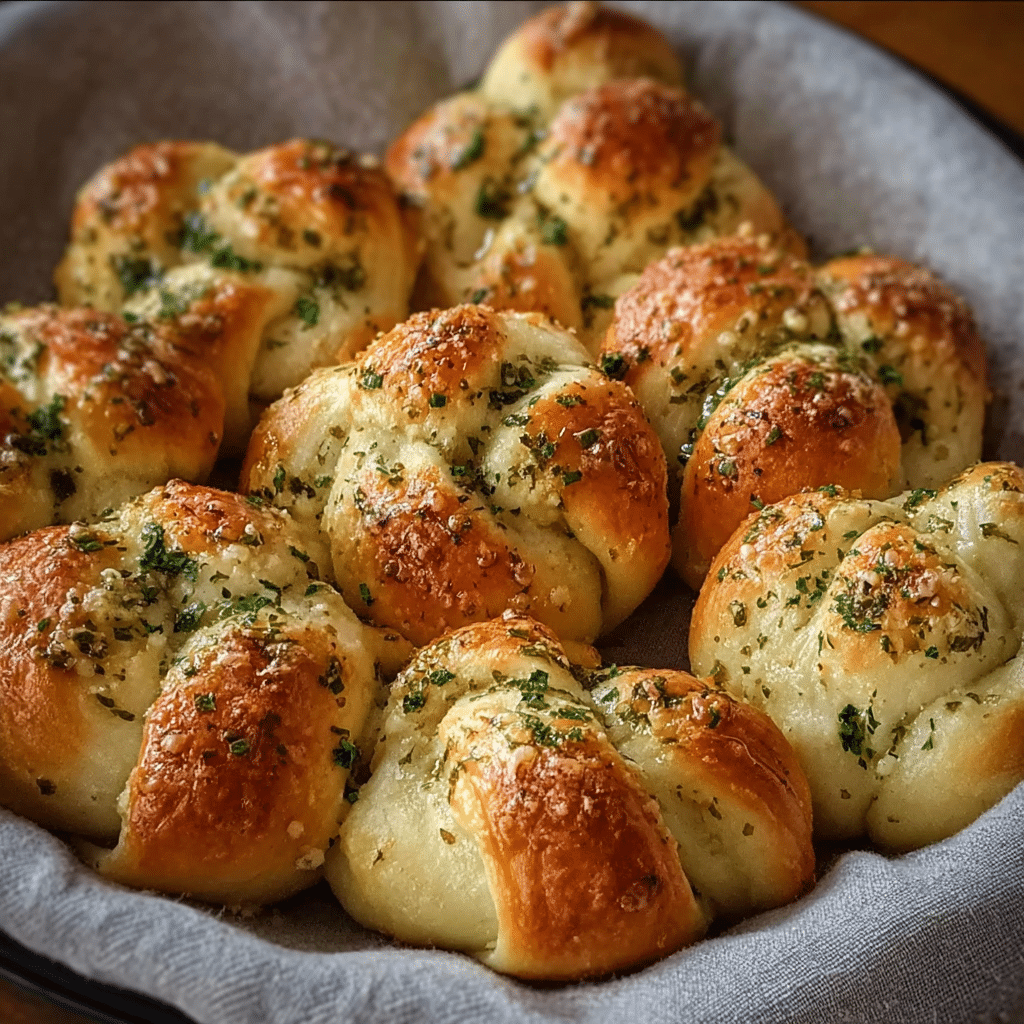Sweet potato casserole is more than just a dish; it’s a celebration of flavors, textures, and memories wrapped into a cozy, warm embrace. I remember the first time I encountered this delightful dish—it was Thanksgiving, and as a child, I was drawn to the vibrant orange hue that signaled the sweetness of the potatoes beneath a fluffy layer of toasted marshmallows. The aroma wafting through my grandmother’s kitchen was intoxicating, a harmonious blend of cinnamon and vanilla that made me feel right at home. Little did I know that this sweet potato casserole would become a staple in my own kitchen, a dish I would pass down through generations, each time with a new story to tell.
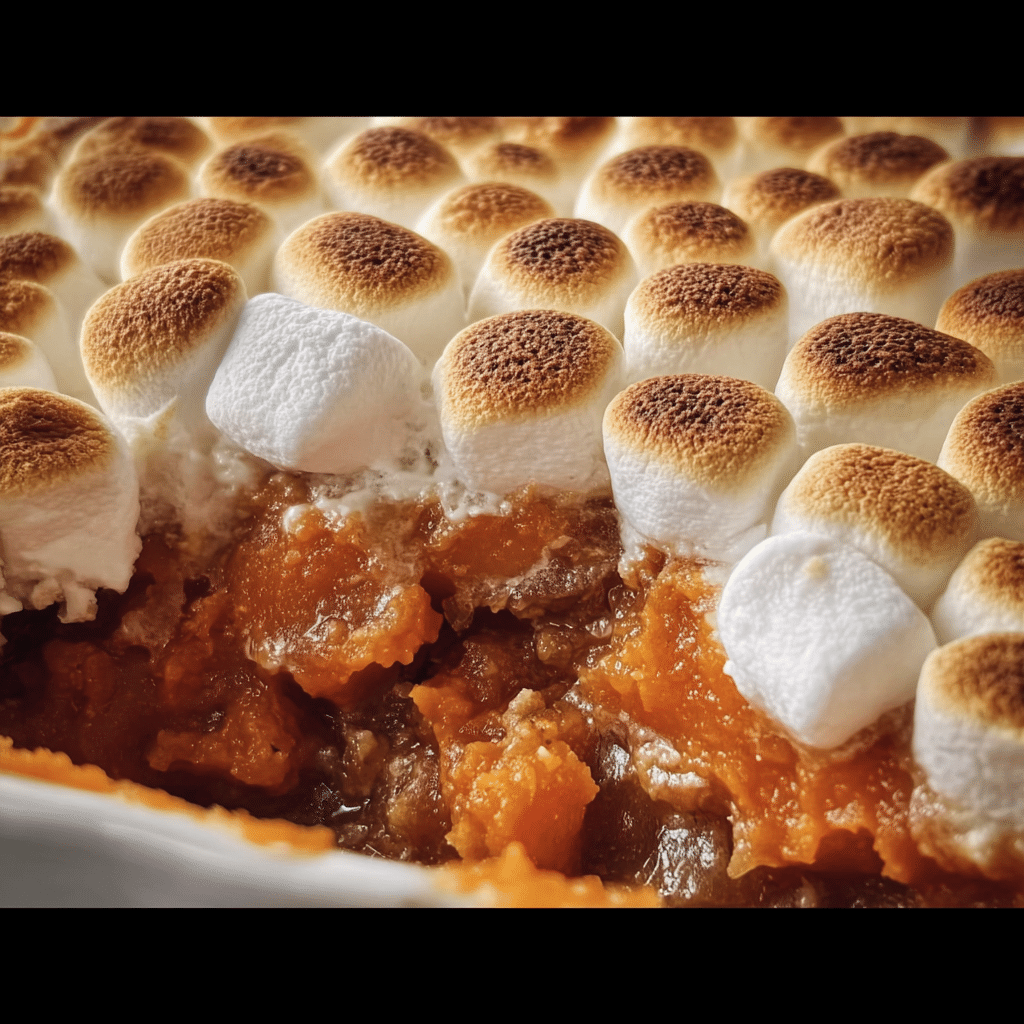
The Story Behind This Recipe
My journey with sweet potato casserole began on that memorable Thanksgiving Day. I watched in awe as my grandmother meticulously prepared the dish, mashing the sweet potatoes with a touch of brown sugar and a sprinkle of nutmeg. It was a family affair, with everyone contributing to the meal, but as she carefully spread the marshmallows on top, I was captivated. The anticipation built as the casserole baked, the marshmallows transforming into a golden, gooey topping that promised a delightful contrast to the soft, creamy base.
As I grew older, I found myself recreating that experience in my own home, often adjusting the recipe to suit the tastes of my family. Perhaps I added a hint of maple syrup or experimented with different spices like ginger or allspice. Each iteration brought something new to the table, but the essence of that original sweet potato casserole remained, rich with nostalgia and love. This dish became a symbol of celebration—a comforting reminder of family gatherings, laughter, and love shared around the table.
Sweet potato casserole has deep cultural roots, particularly in the Southern United States, where it has become a beloved staple during holiday feasts. The sweet potato itself has a long history, dating back to over 5,000 years ago in Central and South America before spreading to the Southern states where it thrived in the warm climate. It is often associated with the African American culinary tradition, where it was revered not only for its sweetness but also for its versatility in both savory and sweet dishes. Over time, the casserole has evolved, incorporating elements of various cuisines while remaining a cherished dish during Thanksgiving and Christmas.
What makes this sweet potato casserole special is its ability to be both a side dish and a dessert, depending on how you approach it. The natural sweetness of the sweet potatoes pairs beautifully with the marshmallows, creating a delightful contrast that excites the palate. For busy families looking for quick dinner solutions, this dish is a game-changer. It can be prepared ahead of time, allowing for a stress-free holiday meal or weeknight dinner. Simply assemble the casserole the night before, refrigerate it, and pop it in the oven when you’re ready to serve. The ease of preparation, combined with the delicious flavor, makes it an appealing choice for any family.
Seasonally, sweet potato casserole shines brightest during the fall and winter months. As the air turns crisp and the leaves change, the warm, comforting nature of the dish makes it ideal for gatherings and celebrations. It’s a dish that embodies the spirit of the season, bringing people together around the table to share in the joy of good food and great company. The emotional connection to sweet potato casserole is palpable; it evokes memories of gatherings, warmth, and the simple joy of sharing a meal with loved ones.
In this ultimate guide to sweet potato casserole, I promise to share not just the classic recipe, but also tips on how to make it your own, variations to suit different tastes, and insights into the history and cultural significance of this beloved dish. Whether you’re a seasoned chef or a beginner in the kitchen, you’ll find valuable information that will inspire you to embrace this delicious casserole and incorporate it into your own family traditions.
The Rich History and Cultural Significance of sweet potato casserole
The rich history and cultural significance of sweet potato casserole is a tapestry woven from diverse traditions, ingredients, and stories. To truly appreciate this beloved dish, we must delve into its origins, explore regional variations, and understand its nutritional benefits. This journey will not only enhance your culinary experience but also deepen your connection to the food you serve your family.
Origins and History
The sweet potato has a storied history that dates back thousands of years. Native to Central and South America, it was cultivated by indigenous peoples long before European settlers arrived. When the Spanish and Portuguese explorers made their way across the Atlantic, they brought the sweet potato back to Europe, where it adapted to various climates and became a staple crop in many countries. By the time it reached North America, the sweet potato had already won the hearts of many, particularly in the Southern states.
The origins of sweet potato casserole can be traced back to the 19th century when it began to appear in cookbooks as a baked dish. It wasn’t until the 20th century that the dish gained popularity, particularly during the Thanksgiving holiday. The introduction of marshmallows into the recipe can be attributed to the Campfire Marshmallows company, which began promoting the idea of using marshmallows as a topping in the 1950s. This innovation transformed the traditional dish into a sweeter, more dessert-like creation, leading to its status as a holiday favorite.
Cultural Significance
Sweet potato casserole holds a special place in the hearts of many families, particularly in the Southern United States. It is often served as a side dish during significant celebrations such as Thanksgiving, Christmas, and Easter, symbolizing abundance and togetherness. The dish is more than just food; it represents a cultural heritage that connects generations. Families pass down their unique recipes, each version telling a story of their own traditions and experiences.
Moreover, sweet potato casserole has found its way into various culinary settings, from home kitchens to upscale restaurants. Renowned chefs have put their own spins on this classic, infusing it with flavors from different cuisines, such as adding coconut milk for a tropical twist or incorporating spices like cardamom for an exotic flair. This evolution speaks to the dish’s adaptability and enduring appeal, making it relevant across different cultural contexts.
Nutritional Benefits
Beyond its delicious taste and cultural significance, sweet potato casserole also offers numerous nutritional benefits. Sweet potatoes are rich in vitamins A and C, providing essential nutrients that support immune health and vision. They are also high in fiber, which aids in digestion and helps maintain a healthy weight. When prepared thoughtfully, sweet potato casserole can be a wholesome addition to your family’s diet, allowing you to indulge without guilt. By using natural sweeteners like maple syrup or reducing the amount of sugar, you can create a healthier version of this classic dish without sacrificing flavor.
In conclusion, sweet potato casserole is not just a recipe; it is a reflection of history, culture, and family. It encapsulates the essence of togetherness and the joy of sharing food with loved ones. As you embark on your journey to create this dish, remember its rich heritage and the stories that have shaped it over the years. With every bite, you’re not just tasting a delicious casserole; you’re also savoring a piece of history.
Essential Ingredients for Perfect sweet potato casserole
When it comes to crafting the ultimate sweet potato casserole, the ingredients you choose play a pivotal role in the flavor, texture, and overall success of the dish. Sweet potato casserole has become a beloved staple at holiday gatherings and family dinners, evoking warmth and nostalgia with each savory bite. Let’s dive into the essential ingredients that transform humble sweet potatoes into a mouthwatering casserole topped with sweet, gooey marshmallows.
Essential Ingredients
- Sweet Potatoes: 4 large (about 2 pounds), peeled and cubed
- Butter: 4 tablespoons, unsalted, melted
- Brown Sugar: 1 cup, packed (light or dark)
- Milk: ½ cup, whole or 2%
- Eggs: 2 large, beaten
- Vanilla Extract: 1 teaspoon
- Salt: ½ teaspoon
- Cinnamon: 1 teaspoon
- Marshmallows: 2 cups, mini or regular, for topping
Each ingredient in this sweet potato casserole recipe has a specific role that contributes to the dish’s overall flavor and texture. The sweet potatoes are the star of the show. Their natural sweetness and creamy consistency serve as the perfect base for the casserole. When selecting sweet potatoes, look for firm, smooth-skinned tubers without any blemishes or soft spots. The flesh should be vibrant orange, indicative of its rich beta-carotene content.
Butter adds richness and depth, creating a luscious mouthfeel. Opt for unsalted butter to better control the seasoning of your dish. The brown sugar not only sweetens the casserole but also adds a caramel-like flavor that beautifully complements the sweet potatoes. If you want a deeper flavor, dark brown sugar is an excellent choice, while light brown sugar offers a milder sweetness.
Milk makes the mixture creamy, helping to achieve a smooth texture. Whole milk is preferred for its richness, but feel free to use 2% or even almond milk for a dairy-free option. The eggs act as a binding agent, helping to hold the casserole together while providing a custard-like texture.
Vanilla extract enhances the overall sweetness and brings out the natural flavors of the sweet potatoes. A pinch of salt is essential, as it balances the sweetness and enhances the flavors of the other ingredients. Finally, cinnamon adds a warm, aromatic touch that perfectly complements the sweet potatoes, evoking the comforting flavors of fall.
Print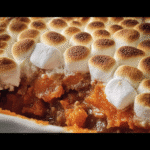
Sweet Potato Casserole with Marshmallows
Ingredients
- 3 pounds sweet potatoes peeled and cut into cubes
- ½ cup brown sugar packed
- ⅓ cup butter softened
- ½ teaspoon vanilla extract
- ¾ cup chopped pecans divided
- ¼ teaspoon cinnamon or to taste
- salt and black pepper to taste
- 2 cups miniature marshmallows
Instructions
- Preheat oven to 375°F. Grease a 9 x 13 pan.
- Place sweet potatoes in a pot of boiling water. Simmer for 15 minutes or until fork tender. Drain.
- In a large bowl (or in the pot the potatoes were cooked in), mash the sweet potatoes with brown sugar, butter, cinnamon, vanilla and salt & pepper.
- Fold in half of the pecans and spread into prepared pan.
- Sprinkle with the marshmallows and the remaining pecans.
-
Bake for 25 minutes or until marshmallows are golden brown and potatoes are heated through.
Shopping Tips
When you’re ready to shop for your sweet potato casserole ingredients, consider seasonal availability. Sweet potatoes are typically harvested from late summer through early winter, making fall the best time to find the freshest, tastiest tubers. Visit local farmers’ markets if possible; they often have the best quality produce while supporting local agriculture.
For the butter, look for high-quality brands that use real cream. Many grocery stores now carry organic and grass-fed butter options, which can enhance the flavor of your casserole. As for milk, buy organic when possible to avoid additives and hormones often found in conventional dairy products.
Brown sugar can vary in quality; choose brands that have a moist texture. If you notice it’s too dry or hard, you can soften it by placing it in a sealed container with a slice of bread overnight. Marshmallows, while generally reliable, can also vary in quality. Look for brands that use natural ingredients and avoid artificial colors and flavors.
Substitutions and Alternatives
Many people have dietary restrictions or preferences, and that’s okay! If you’re looking for substitutions, there are plenty of options available. For instance, if you want to make the casserole gluten-free, simply ensure that your brown sugar and vanilla extract are certified gluten-free, as some brands may contain additives.
For a dairy-free casserole, you can substitute the butter with coconut oil and the milk with almond or oat milk. If you’re avoiding eggs, you can replace each egg with ¼ cup of unsweetened applesauce or 1 tablespoon of ground flaxseed mixed with 2.5 tablespoons of water, letting it sit for a few minutes until it thickens. This not only binds the casserole but also adds a subtle sweetness.
For those looking to cut down on sugar, consider using maple syrup or honey in place of brown sugar. Just remember to adjust the liquid content slightly since both are liquid sweeteners. And if you’re a fan of a nutty flavor, try adding some chopped pecans or walnuts on top before baking for extra texture and a delightful crunch.
In terms of storage, sweet potatoes should be kept in a cool, dry place, away from direct sunlight. They can last for a few weeks this way. Marshmallows, once opened, should be stored in an airtight container to maintain their freshness. Any leftover casserole can be refrigerated for up to four days and reheated in the oven. You can also freeze the assembled casserole (without marshmallows) for up to three months. Just remember to allow it to thaw in the refrigerator before baking.
With careful ingredient selection and a few simple substitutions, you can create a delightful sweet potato casserole that caters to a variety of dietary needs. The joy of preparing this dish lies not just in the ingredients, but in the love and comfort it brings to your table.
Detailed Step-by-Step sweet potato casserole Cooking Instructions
Detailed Step-by-Step Sweet Potato Casserole Cooking Instructions
Creating the perfect sweet potato casserole is a delightful journey filled with warmth and love. The process can be as gratifying as the final dish itself. With just a few straightforward steps, you’ll learn how to prepare a sweet potato casserole that’s not only delicious but also visually stunning. Follow these detailed instructions to ensure your casserole turns out perfectly every time.
Preparation Steps
- Gather Your Ingredients: Start by assembling all your ingredients in one place. This makes the cooking process smoother and ensures you won’t forget anything essential. Make sure your sweet potatoes are peeled and cubed for easy cooking.
- Preheat Your Oven: Preheat your oven to 350°F (175°C). This step is crucial as it allows your casserole to bake evenly and thoroughly.
- Cook the Sweet Potatoes: Place the cubed sweet potatoes in a large pot and cover with cold water. Add a pinch of salt and bring to a boil over medium-high heat. Once boiling, reduce the heat to medium and let them simmer for about 15-20 minutes, or until fork-tender. This is a great time to clean up your workspace or prepare your baking dish.
- Drain and Mash: Once the sweet potatoes are tender, drain them in a colander and return them to the pot. Allow them to steam for a few minutes to evaporate excess moisture. Mash the sweet potatoes with a potato masher or fork until smooth. You want a creamy texture without any lumps for the best casserole experience.
Cooking Process
- Add the Remaining Ingredients: In the pot with the mashed sweet potatoes, add the melted butter, brown sugar, milk, beaten eggs, vanilla extract, salt, and cinnamon. Mix everything together until fully combined. The mixture should be smooth and creamy, with a uniform color.
- Taste and Adjust: This is your chance to adjust flavors! Taste your sweet potato mixture. If you like it sweeter, add a bit more brown sugar or maple syrup. If you prefer a spicier kick, a pinch of nutmeg or additional cinnamon can elevate the flavors.
- Prepare Your Baking Dish: Grease a 9×13-inch baking dish with butter or cooking spray. This prevents sticking and makes cleanup easier. Pour the sweet potato mixture into the prepared baking dish, smoothing the top with a spatula.
- Top with Marshmallows: Generously sprinkle the mini marshmallows over the top of the sweet potato mixture. Make sure to cover evenly; the marshmallows will melt and create a deliciously gooey topping as they bake.
Final Assembly
- Bake the Casserole: Place the baking dish in the preheated oven and bake for about 30 minutes. During this time, the marshmallows will brown and puff up, creating a beautiful contrast against the creamy sweet potato base. Keep an eye on it; if the marshmallows start to brown too quickly, you can lightly cover the dish with aluminum foil.
- Check for Doneness: After 30 minutes, your sweet potato casserole should be heated through and the marshmallows should be golden and slightly crispy on top. To check if it’s done, insert a knife into the center; it should come out warm and clean.
- Let It Rest: Once out of the oven, let the casserole sit for about 10 minutes before serving. This resting period allows the flavors to meld and makes it easier to serve without it falling apart.
- Serve and Enjoy: Dish out generous portions of your sweet potato casserole, garnishing with a sprinkle of cinnamon or a drizzle of maple syrup if desired. Enjoy the sweet, comforting flavors with family and friends, and watch as this dish becomes a cherished part of your holiday traditions.
Throughout this cooking process, remember to engage your senses. The vibrant colors of the sweet potatoes, the warm aroma of cinnamon, and the gooey texture of melted marshmallows combine to create not just a dish but a memory. Cooking is not just about following steps; it’s about creating experiences and sharing joy with those you love. So roll up your sleeves and get ready to create a sweet potato casserole that will warm hearts and satisfy cravings.
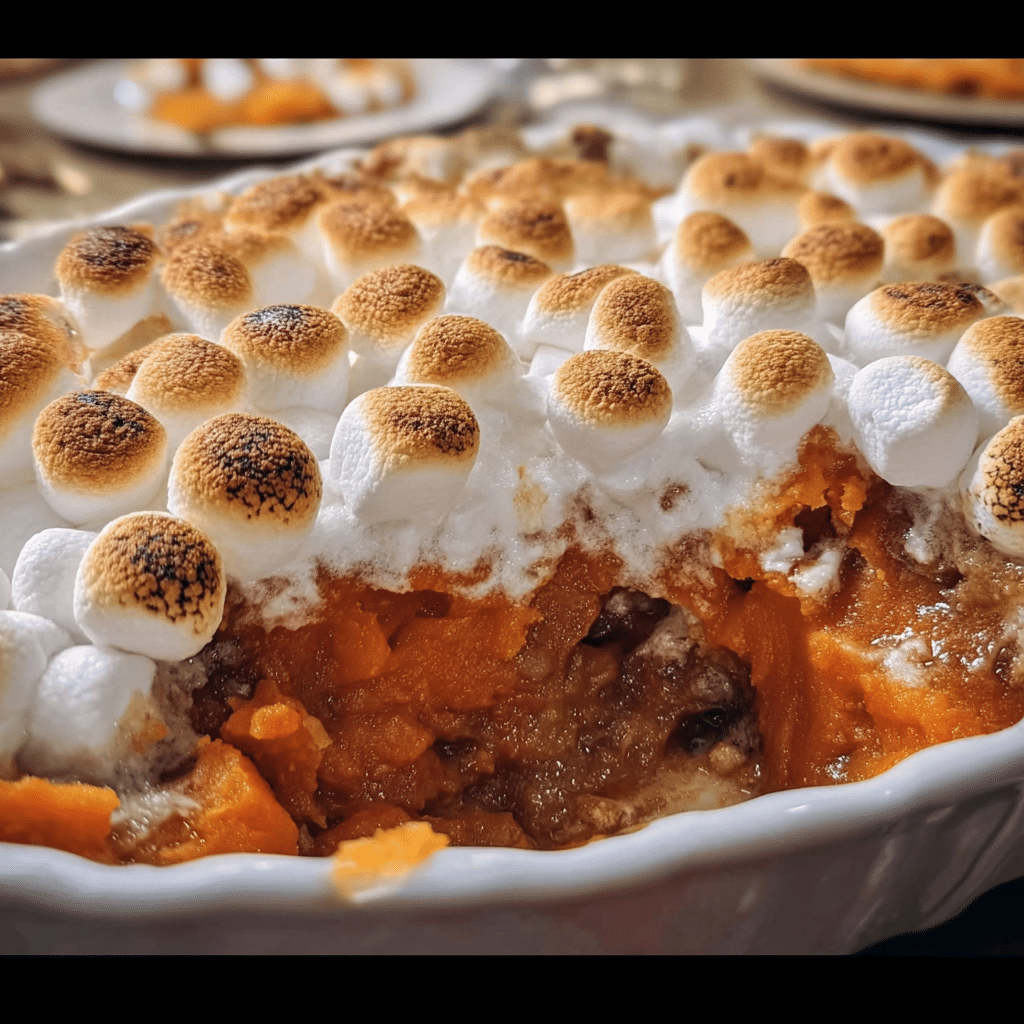
Professional Tips and Techniques for sweet potato casserole
When it comes to creating the perfect sweet potato casserole, there are a myriad of professional tips and techniques that can elevate your dish from ordinary to extraordinary. As someone who has spent countless evenings experimenting in the kitchen, I can assure you that a few insider secrets can make all the difference in your sweet potato casserole.
Professional Techniques
First and foremost, let’s talk about the sweet potatoes. Selecting the right variety can greatly influence the flavor and texture of your casserole. I recommend using garnet or jewel sweet potatoes for their high sugar content and creamy texture. These varieties lend themselves beautifully to baking, resulting in a casserole that is both rich and satisfying.
Before you even begin to mash those sweet potatoes, consider how you’re cooking them. Baking is a fantastic method that helps to caramelize the natural sugars, enhancing their flavor. Wrap each sweet potato in aluminum foil and bake them at 400°F for about 45-60 minutes, or until tender. This method not only concentrates the sweetness but also allows for a fluffier texture when mashed. If you’re short on time, boiling them is an option, but be cautious—overcooking can lead to a watery mixture, which is not ideal for a casserole.
Once your sweet potatoes are cooked and cooled, it’s time to mash them. For a truly luxurious texture, I recommend using a potato ricer. It creates a light, fluffy consistency that is far superior to the traditional mashers. If you prefer a rustic feel, a fork works just fine, but be prepared for a chunkier casserole.
Troubleshooting Guide
Even the most seasoned cooks can run into challenges when making sweet potato casserole. One common issue is achieving the perfect sweetness. If your casserole turns out too sweet, consider balancing it with a pinch of salt or a dash of lemon juice. The acidity can brighten the dish and create a more complex flavor profile.
Another common problem is a dry casserole. This can occur if you’ve overbaked the sweet potatoes or used a little too much sugar. To combat dryness, add a splash of milk or cream to your sweet potato mixture before baking. For a more indulgent variation, you can even fold in a bit of sour cream or Greek yogurt, which not only adds moisture but also adds a nice tang.
Presentation Tips
When it comes to serving your sweet potato casserole, presentation plays a key role. A beautifully presented dish can make even the simplest recipes feel special. For a rustic look, consider baking your casserole in a cast-iron skillet. The skillet not only retains heat well but also adds a charming, homestyle touch.
To make your casserole visually appealing, create a swirl pattern on the top with a fork before adding the marshmallow topping. This not only makes it look inviting but also allows for those delicious toasted marshmallows to get into every crevice. Speaking of marshmallows, a quick broil at the end of baking can give your topping that perfect golden-brown color. Keep a close watch, as they can go from perfectly toasted to burnt in a matter of seconds!
Don’t forget to consider your beverage pairings as well. A rich sweet potato casserole pairs beautifully with a light, crisp white wine like Sauvignon Blanc. The acidity in the wine can cut through the sweetness of the dish, creating a delightful balance. For a non-alcoholic option, a spiced apple cider can complement the warm flavors of cinnamon and nutmeg often found in sweet potato casseroles.
Finally, if you’re looking to make this dish ahead of time, feel free to assemble the casserole a day before baking. Just cover it well and refrigerate. When you’re ready to serve, allow it to sit at room temperature for about 30 minutes before popping it into the oven. This saves you time on those busy holidays or family gatherings!
Creative Variations and Adaptations of sweet potato casserole
As the sweet potato casserole has become a beloved classic in many households, it’s also a canvas for creativity. The beauty of this dish lies not only in its comforting sweetness but also in its versatility. Over the years, I have explored numerous creative variations and adaptations of sweet potato casserole that cater to different tastes and dietary needs.
Seasonal Variations
One of the most exciting ways to put a twist on your sweet potato casserole is by incorporating seasonal ingredients. For fall gatherings, consider adding chopped apples or pears to the mix, which add a delightful contrast in flavor and texture. These fruits bring natural sweetness and a bit of tartness that perfectly complements the sweet potatoes.
During the winter months, try infusing your casserole with flavors like maple syrup or even bourbon for a richer taste. A splash of bourbon can give your dish a warm, aromatic quality that elevates it to new heights. For spring, consider incorporating fresh herbs like rosemary or thyme, which can provide an unexpected freshness to the sweet, earthy flavors of the sweet potatoes.
Dietary Adaptations
In our increasingly diverse culinary landscape, it’s essential to cater to various dietary preferences. If you’re looking to create a keto-friendly version of sweet potato casserole, you can swap out the sweet potatoes for mashed cauliflower. While it won’t have the same sweetness, it can still provide a similar creamy texture when baked with the right seasonings and toppings.
For those following a vegan diet, simply substitute the butter and milk with plant-based alternatives like coconut oil and almond milk. You can even use vegan marshmallows for the topping, ensuring that everyone at your table can enjoy this classic dish. If you’re gluten-free, rest assured that sweet potatoes are naturally gluten-free, making them a perfect choice for any gluten-sensitive guests.
Creative Twists
When it comes to thinking outside the box, the sky’s the limit! One of my favorite adaptations is the addition of spice; a hint of cayenne or chipotle powder can add a delightful kick to your sweet potato casserole. This unexpected twist not only enhances the flavor but also gives a subtle depth that will have your guests asking for the recipe.
Additionally, consider experimenting with different cooking methods. While baking is traditional, you can also prepare sweet potato casserole in a slow cooker. This method is particularly convenient for large gatherings, as it frees up oven space. Just layer your ingredients in the slow cooker and let it simmer on low for several hours. The result is a creamy, delicious casserole that’s perfect for serving a crowd.
And let’s not forget about leftovers! If you find yourself with extra sweet potato casserole, get creative! You can transform it into sweet potato pancakes by mixing it with a bit of flour and egg and cooking them on a skillet. Another idea is to use it as a filling for savory hand pies or empanadas for a unique twist on leftovers.
With so many creative variations and adaptations, the sweet potato casserole can easily become a staple dish for any occasion. Whether you stick to the traditional recipe or venture into uncharted territory, each variation provides an opportunity to create lasting memories around the dinner table.
Storage, Reheating, and Meal Prep for sweet potato casserole
When it comes to sweet potato casserole, one of the most delightful side dishes that graces our tables, especially during the holidays, knowing how to store, reheat, and prepare it for meals ahead can make a significant difference in your cooking experience. With the right techniques, you can preserve the flavors and textures of this beloved dish, ensuring that it remains a family favorite throughout the week or even longer. Let’s dive into the nitty-gritty of storage, reheating, and meal prep for sweet potato casserole.
Short-term Storage
If you’ve made a batch of sweet potato casserole and have leftovers, you’ll want to store them properly to maintain their deliciousness. First, allow the casserole to cool down to room temperature. This step is crucial as placing hot food directly into the refrigerator can raise the internal temperature, leading to unsafe conditions for other stored foods.
Once cooled, transfer your sweet potato casserole into an airtight container. Glass containers with secure lids work best, as they prevent moisture loss while minimizing the risk of absorbing odors from other items in your fridge. You can also use plastic containers, but ensure they are BPA-free and suitable for storing food. Generally, sweet potato casserole can be stored in the refrigerator for up to 3 to 5 days. To keep track of freshness, consider labeling your container with the date it was made.
Freezing and Long-term Storage
If you want to extend the life of your sweet potato casserole beyond a few days, freezing is an excellent option. Start by preparing the casserole as you normally would, but avoid adding any toppings, like marshmallows or pecans, until you’re ready to serve. Toppings can become soggy when frozen and thawed.
Once the casserole is ready, allow it to cool completely. Then, wrap it tightly in plastic wrap, ensuring there are no air pockets, which can lead to freezer burn. For added protection, place the wrapped casserole in a heavy-duty freezer bag or a suitable airtight container. Sweet potato casserole can be frozen for up to 2 to 3 months.
When you’re ready to enjoy your frozen sweet potato casserole, it’s best to thaw it in the refrigerator overnight. After thawing, you can reheat it in the oven, adding your toppings before baking. Freezing and reheating your casserole can save time during busy holiday preparations or weeknight dinners.
Reheating Best Practices
Reheating sweet potato casserole is an art in itself. You want to ensure that it retains its creamy texture and doesn’t dry out. Here are some methods to reheat your casserole effectively:
- Oven: Preheat your oven to 350°F (175°C). Cover the casserole with foil to prevent it from drying out, and heat for about 20-30 minutes if it’s coming straight from the fridge, or 40-50 minutes if it’s frozen. Remove the foil in the last 10 minutes to allow the top to crisp up.
- Microwave: For a quicker option, you can use the microwave. Place a portion in a microwave-safe dish and cover with a microwave-safe lid or plastic wrap. Heat in 1-minute intervals, stirring in between, until heated through. Be cautious as the edges may heat faster than the center.
Regardless of the method you choose, always check the internal temperature to ensure it reaches at least 165°F (74°C) before serving. This ensures food safety and that your sweet potato casserole is warm throughout.
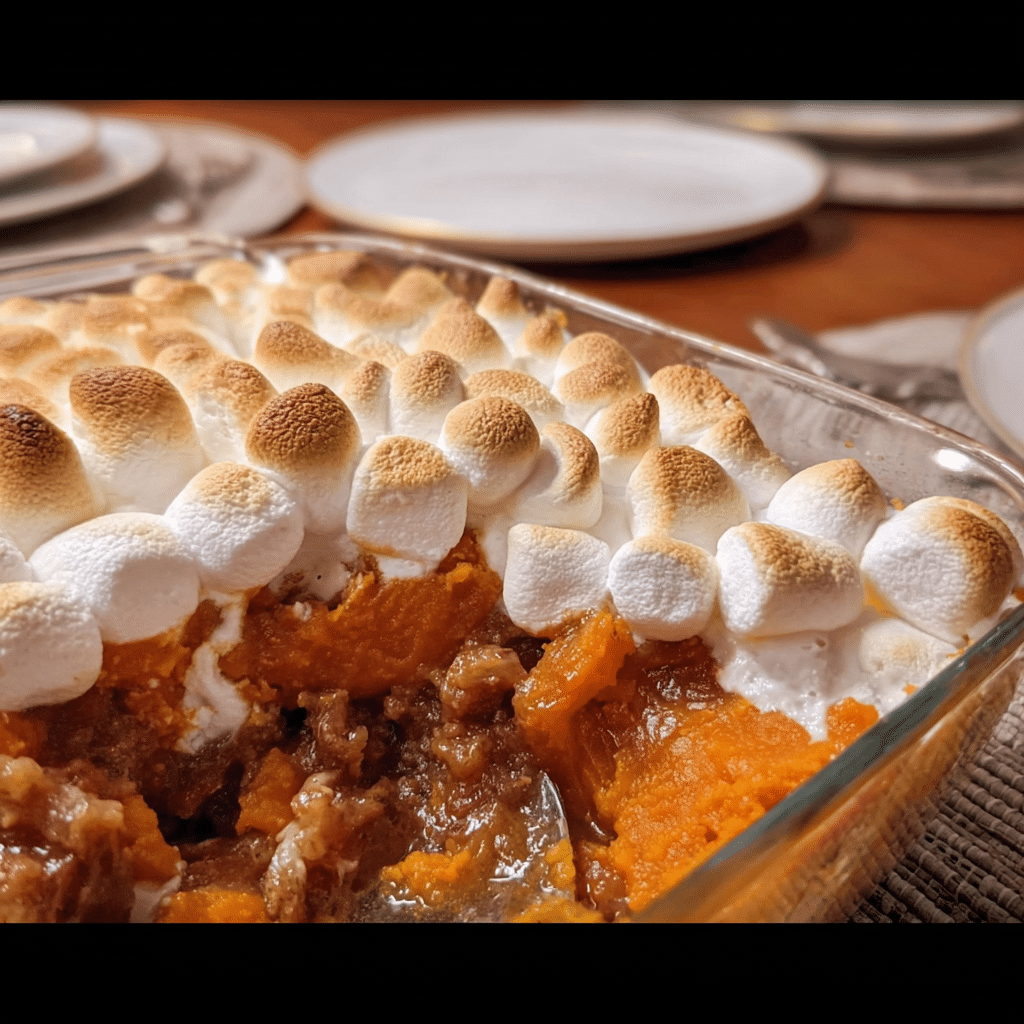
Meal prepping sweet potato casserole is not only a time-saver but also a fantastic way to incorporate this nutritious dish into your weekly menu without having to cook it from scratch each time. You can prepare the casserole in advance and store it in the fridge or freezer, as discussed. Portioning your casserole into individual servings can also be a great strategy for quick meals. Consider using glass containers that are suitable for both the oven and freezer for convenience.
Food safety is paramount when storing and reheating sweet potato casserole. Always ensure that your hands, utensils, and containers are clean to prevent cross-contamination. If you notice any off smells or discoloration, it’s best to err on the side of caution and discard the dish. Additionally, always follow the “first in, first out” rule when using leftovers to ensure you’re consuming the oldest items first.
In summary, understanding the best practices for storing, freezing, and reheating sweet potato casserole will not only keep your dish tasting fresh but also help minimize waste. With these tips, you can enjoy this delicious dish any time of the week, whether it’s a holiday gathering or a cozy family dinner.
Nutritional Benefits and Health Information
Sweet potato casserole is not only a comforting and delicious dish but also packed with nutritional benefits that make it a great addition to your meal planning. As we explore the nutritional profile, health benefits, and dietary considerations of sweet potato casserole, you’ll discover why this beloved side dish deserves a spot on your table year-round.
Nutritional Profile
At its core, sweet potato casserole is made primarily from sweet potatoes, which are rich in vitamins, minerals, and fiber. A typical serving of sweet potato casserole (about 1 cup) can contain:
- Calories: Approximately 250-300 calories, depending on added ingredients.
- Carbohydrates: 45-50 grams, mainly from the natural sugars in sweet potatoes.
- Protein: 3-5 grams, depending on any additional ingredients like eggs or milk.
- Fat: 5-10 grams, influenced by the addition of butter, marshmallows, or pecans.
- Fiber: 4-6 grams, which is beneficial for digestive health.
Sweet potatoes themselves are a powerhouse of nutrition. They are an excellent source of vitamin A (in the form of beta-carotene), vitamin C, manganese, and potassium. This combination of nutrients makes sweet potatoes not only filling but also beneficial for your overall health.
Health Benefits
The health benefits of sweet potato casserole largely stem from its key ingredient—sweet potatoes. Here are some of the most noteworthy benefits:
- Rich in Antioxidants: Sweet potatoes are loaded with beta-carotene, which the body converts into vitamin A. This antioxidant plays a crucial role in maintaining healthy vision, skin, and immune function.
- Supports Digestive Health: The fiber content in sweet potatoes can help promote a healthy digestive tract, preventing constipation and contributing to overall gut health.
- Blood Sugar Regulation: Sweet potatoes have a lower glycemic index compared to regular potatoes, meaning they can help regulate blood sugar levels and provide a more gradual release of energy.
- Heart Health: The potassium in sweet potatoes aids in maintaining healthy blood pressure levels, while the fiber can help lower cholesterol levels.
When combined with other nutritious ingredients, such as nuts or oats for a topping, sweet potato casserole can provide an even broader range of health benefits. However, it’s essential to be mindful of the added sugars and fats often found in traditional recipes, particularly those that include marshmallows or heavy creams.
Dietary Considerations
Sweet potato casserole can fit into a variety of dietary plans, but some considerations should be made based on individual health goals or restrictions:
- Vegetarian and Vegan Options: Sweet potato casserole can easily be adapted for vegetarian or vegan diets by substituting dairy ingredients with plant-based alternatives like almond milk or coconut milk and omitting eggs.
- Gluten-Free: Most sweet potato casserole recipes are naturally gluten-free, but always check the ingredients of any toppings or additional components used.
- Low-Calorie Modifications: For those watching their caloric intake, consider reducing the amount of sugar and butter, or using healthier sweeteners like maple syrup or honey.
When comparing sweet potato casserole to similar dishes like traditional mashed potatoes or pumpkin pie, it’s clear that sweet potato casserole has a nutritional edge, particularly due to its high vitamin A content and fiber levels. Pumpkin pie, while delicious, often contains more added sugars and fats, making sweet potato casserole a healthier choice overall.
In conclusion, sweet potato casserole is not only a comforting side dish that brings warmth and joy to our meals but also a nutritional powerhouse. By understanding its health benefits and making thoughtful dietary modifications, you can enjoy this dish while staying aligned with your health goals. So go ahead and whip up that sweet potato casserole for your next gathering, knowing you’re serving up something both delicious and nutritious!
Frequently Asked Questions About Sweet Potato Casserole
What is the name of the sweet potato marshmallow Thanksgiving dish?
The sweet potato marshmallow dish commonly served during Thanksgiving is known as “Sweet Potato Casserole.” This dish combines mashed sweet potatoes with a variety of ingredients to create a creamy filling, often topped with toasted marshmallows. The contrast of the fluffy marshmallows with the rich, sweet potato base makes it a festive favorite. Some variations might include nuts or a crumb topping, but the classic version is usually the marshmallow-topped casserole that has become a holiday staple.
How do I prepare old-fashioned sweet potatoes with marshmallows?
To prepare old-fashioned sweet potatoes with marshmallows, begin by peeling and boiling sweet potatoes until fork-tender, which typically takes around 15-20 minutes. Mash the cooked sweet potatoes in a large bowl and mix in ingredients like butter, brown sugar, milk, and a pinch of salt for flavor. Once combined, transfer the mixture into a baking dish and spread it out evenly. Top it generously with mini marshmallows and bake in a preheated oven at 350°F (175°C) for about 25-30 minutes, or until the marshmallows are golden brown and puffed up. Serve warm as a delightful side dish.
What is the recipe for sweet potato casserole with marshmallows and brown sugar?
To make a sweet potato casserole with marshmallows and brown sugar, start by preparing about 4 cups of mashed sweet potatoes. In a mixing bowl, combine the mashed sweet potatoes with half a cup of brown sugar, a quarter cup of melted butter, a quarter cup of milk, and a teaspoon of vanilla extract. Add a pinch of salt and blend until smooth. Pour the mixture into a greased baking dish and top with a generous layer of mini marshmallows and a sprinkle of brown sugar. Bake at 350°F (175°C) for about 30 minutes until the marshmallows are golden and the casserole is heated through. This adds a lovely caramelized flavor and a sweet crunch.
What is the Barefoot Contessa’s sweet potato casserole with marshmallows recipe?
The Barefoot Contessa’s sweet potato casserole features a delicious blend of sweet potatoes, butter, brown sugar, and a topping of mini marshmallows for that classic sweetness. To make her version, start by boiling and mashing 3 pounds of sweet potatoes. Mix in half a cup of heavy cream, a stick of melted butter, a cup of brown sugar, and season with salt and nutmeg for added depth. Transfer the mixture to a baking dish and cover it with mini marshmallows. Bake at 350°F (175°C) for approximately 30 minutes, or until the marshmallows are golden and bubbly. This recipe is known for its rich flavors and creamy texture, making it a memorable addition to any holiday table.

